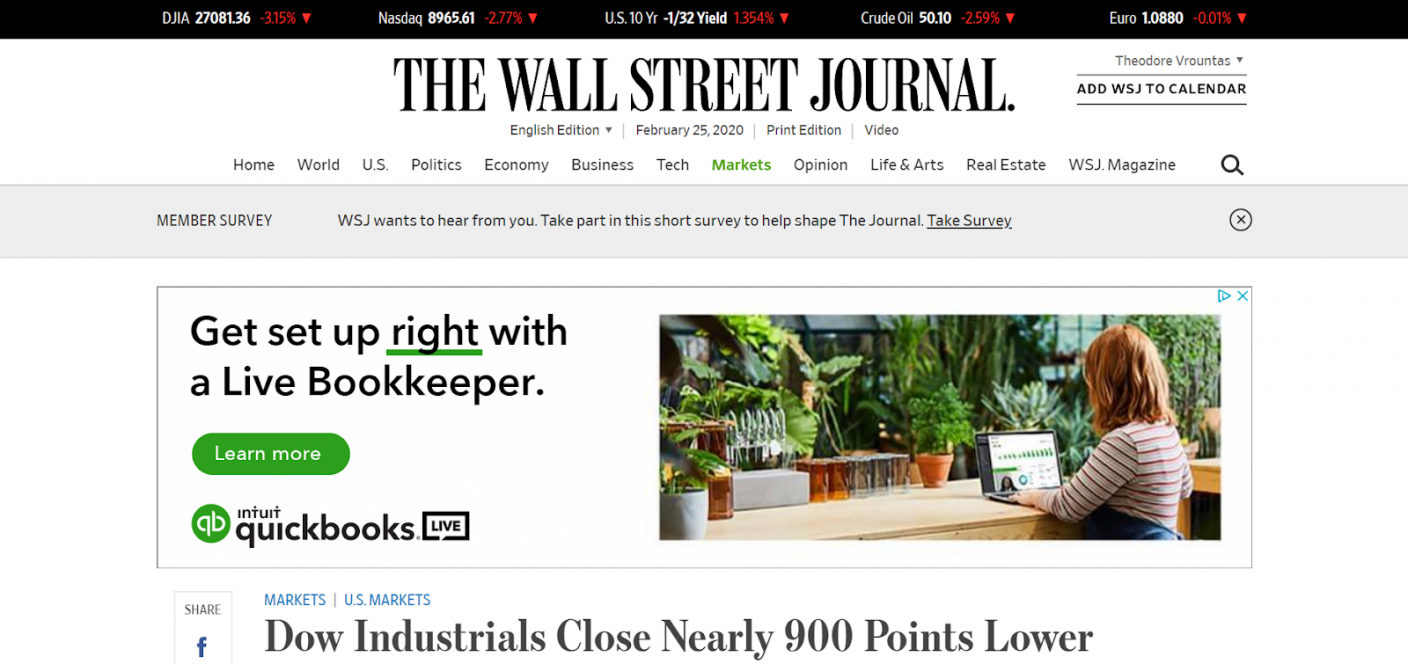2020 was all about the digital transformation that the advertising industry went through. It wasn’t even two years until the implementation of the GDPR compliance by the European Union, the California Consumer Privacy Act (CCPA) went into effect from 1st January.
The reason for these compliances was to deal with the accessibility concerns raised by the consumer for their personal data around the globe. These consecutive changes left the brands, ad tech vendors, and publishers puzzled about the requirements they need to fulfill to comply with these standards.
Where people were still dealing with these compliances, Google came out with another surprise. By January 2022, Google announced that they will eliminate the cookies in Chrome browser. This added to the complications of how digital advertising will reach to customers without third-party data.
The global coronavirus pandemic has welcomed some major changes in the advertising and marketing industry. In the current situation, the brands are looking for tools that will respond to the current reality.
As any online business has the aim to attract visitors to their store, they are focused on some contents that will attract more visitors, especially at this moment when they are interested in getting updates about the pandemic and also look for some diversions through entertainment, lifestyles, and other lighter contents.
With every technology change, digital marketing has been a sport to pace-up the technical changes and embrace it to connect to the buyers. As 2020 has impacted the way businesses operate, attracting and engaging audiences irrespective of their locations has become very important. This gave chance to contextual advertising to gain traction in this new normal.
According to a research carried out by ReportLinker, the contextual advertising market is estimated to reach US$ 447.9 Billion by 2027 at a CAGR of 17.5% during the analysis period from 2020 to 2027. Thus the global contextual advertising industry is all set to bring in escalated revenue for your business and contribute to the significant increase in the global growth.
What is contextual Advertising?
Contextual advertising is a form of advertisement that matches the content on the page displayed targeting a particular set of audience.
There are two types of contextual targeting:
- Contextual targeting using keywords: A list of business or product critical keywords that will help to retarget those users who view content with the keywords listed.
- Contextual targeting using category: Every business falls under a certain pre-assigned category. These advertisements will be targeted on that page which falls under that particular category.
How does contextual advertising work?
The process works as follows:
1. Select the parameter for contextual targeting :
To start with the contextual targeting, you need to feed the advertising system about your campaign so that the ads are displayed on the relevant web pages.
For example, your online store deals with Cars. Your campaign will fall under Automobiles and Vehicles.
To narrow it further, you can be specific to the category of cars you deal with. For example, your website deals with Trucks and SUVs. Therefore, you can be more specific by categorizing it in the similar manner.
Next step is to list down the business and product critical keywords including some negative ones as well. Each campaign should have 5-50 keywords for precise targeting. This will help to match your ad to the content of your eCommerce website.
For example, as we have taken the example of an eCommerce website that focuses on selling Trucks and SUVs, the keywords can be mileage, fuel efficiency, luxury, and so on.
Topics and keywords both will give the network an in-depth insight of the content your ads should have for your eCommerce store.
-
Time for Google to analyzes the pages in its network
To match your ad with the most relevant content, Google analyzes each web page in the display network. It considers the structure of the page, link structure, language, account text, and keywords.
Note that Google will consider keywords first if you target keywords and topics in the same ad group. Also, even if your ads are matched to the relevant web pages, they won’t be displayed as they may fail to match the keywords.
There are two types of settings you can do with display network: Broad and specific reach. With broad reach, your ads can get displayed on the basis of the topics. With specific reach, your ads will get displayed to the matched keywords only and at least one targeted topic.
-
Hurray! Your ad got placed!
As mentioned above, once your ad finds a perfect match, the contextual ad placement will be done on the relevant web page after all those analysis.
The perfect match for your ad is found on the basis of keywords and topic. With the keywords you have listed should match the theme of the website. When the topic is focused, the topic you have selected should match the website’s contents and themes.
Some popular examples of Contextual Ads
- The contextual ad for the accounting software in the Wall Street Journal’s market section.

- In the Book section of ‘The New York Times,’ you will see an ad that displays reading glasses.

Why should you adopt contextual targeting for your online store?
Your eCommerce store requires contextual targeting to leverage the following benefits:
Relevancy- Customers are attracted by relevant content that resonates with their requirements. They look for more personalized experiences and relevant creative ads. Assume how contextual ads will attract them simply on the basis of the context of the webpage they are visiting.
Anti ad fatigue- If your ad is placed next to the content the user is looking at, then it will lift the value of your content as well as the ad. The benefit of placing an ad at the right place is the positive effect on ad fatigue as the viewer can resonate well at the right time.
Privacy friendly- When a viewer views a contextual ad, he/she is essentially anonymous. Contextual ad don’t interfere with the user
as the ad is more on the page’s environment.
How contextual targeting will help in the buyer’s journey?
In digital and physical worlds, shoppers are highly influenced by the environmental cues. To separate higher intent customers from the early visitors in their journey, contextual targeting is helpful.
Contextual targeting at Consideration stage
This stage is all about product research. Contextual targeting during this stage includes contents like product reviews, social shares, and ratings. This social proof impacts a buyer’s decision to make a choice. Therefore, your contextual ad placement should be on the product pages that shows real-time customer behaviors like purchase or reviews about a certain product. Contextual advertising effectiveness on a buyer’s purchase intent is more than 70%.
Contextual targeting at Purchase stage
The biggest concern at this stage is cart abandonment. The factors that drive cart abandonment are hidden costs, shipping costs, lengthy checkouts, deadlines, and many more. To use contextual targeting at this stage, it is better to place ads that show urgency or pop-ups with shipping deadlines. You can use a banner to display how a user can get free shipping or what spending amount has free shipping facilities.
In a nutshell
Contextual advertisement 2.0 is the future of eCommerce in 2021 due to its advancement with technical developments and AI. Advertisers and publishers are focusing on Artificial Intelligence to find new possibilities to reach audiences with Contextual intelligence by getting deeper insights for reaching audiences.
As an eCommerce store owner, you need to always pace up with the ever changing demands of the customers and resonate with their requirements. Therefore, reaching to all the customers with your contextual ads will help you to overcome the losses incurred with privacy changes and end of 3rd party cookies.
Contextual advertising is going to increase your business value and ROI due to its user-friendly and practical approach. To know more about contextual advertising, you can consult a leading Magento eCommerce services company – Fortunesoft and check out more options on how to implement it on your eCommerce website.





